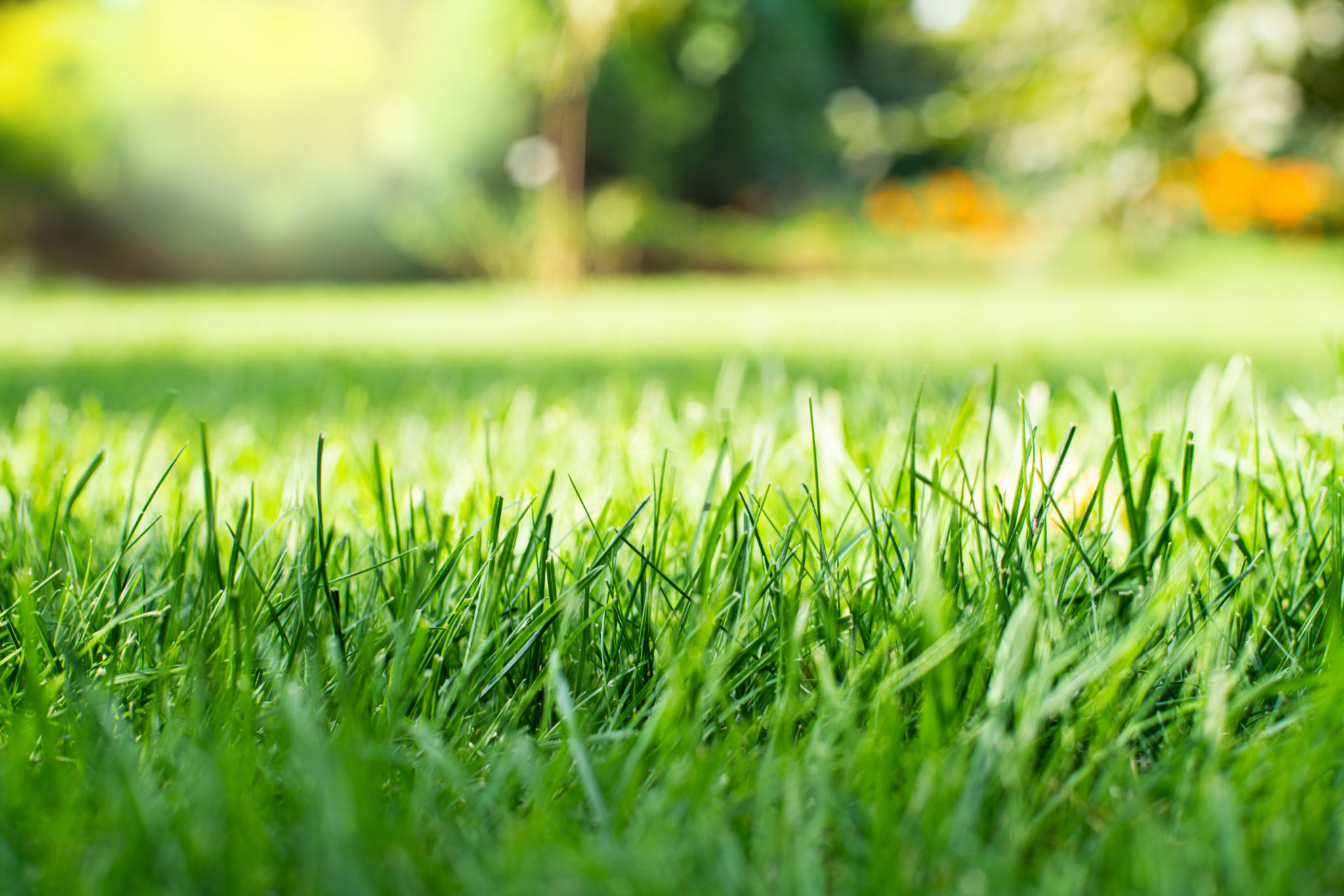Expert Tips for Successful Seed and Sod Installation
Understanding the Basics of Seed and Sod Installation
When it comes to creating a lush, green lawn, the choice between seed and sod can be pivotal. Both methods have their advantages, but understanding the basics of each is crucial for a successful installation. **Seeding** is often favored for its cost-effectiveness and variety of grass types available. Meanwhile, **sodding** provides instant results and is ideal for erosion-prone areas.
The first step in any successful lawn project is evaluating your specific needs and climate conditions. This will guide your choice between seed or sod and help you select the right type of grass for your area. Consider factors like sunlight exposure, rainfall, and soil type to make an informed decision.

Preparing Your Soil
Regardless of whether you choose seed or sod, preparing your soil is a critical step that should not be overlooked. Start by removing any existing grass or weeds, and then till the soil to a depth of 4-6 inches. This promotes healthy root growth and ensures that your new lawn will thrive.
Next, test your soil's pH level and adjust it if necessary. Most grasses prefer a pH between 6.0 and 7.5. You can amend your soil with lime to raise the pH or sulfur to lower it. Adding organic matter, such as compost, can also improve soil fertility and structure.

The Art of Seeding
When seeding, timing is everything. The best time to seed is during your region's growing season—usually early fall or spring. Spread the seeds evenly across the prepared soil using a broadcast spreader, then lightly rake them into the soil to ensure good seed-to-soil contact.
After seeding, water the area gently but thoroughly. Keep the soil consistently moist until the grass sprouts and reaches a height of about 2 inches. Be patient, as germination can take between 7 to 21 days depending on the grass variety.

The Efficiency of Sodding
Sodding offers a quicker alternative to seeding, providing a green lawn almost immediately. Begin by laying the sod in a brick-like pattern to minimize seams. Ensure each piece is tightly fitted against the next to prevent gaps that could allow weeds to grow.
Water the sod immediately after installation to help it establish roots, and continue watering daily for the first two weeks. Avoid heavy foot traffic on newly laid sod to allow the roots to anchor into the soil properly.
Maintenance Tips for a Thriving Lawn
Once your grass is established, either from seed or sod, regular maintenance is key. Mow your lawn regularly but avoid cutting more than one-third of the grass height at a time to prevent stress on the plants. Keep a close eye on water requirements; most lawns need about 1 inch of water per week.
Fertilization is also important for maintaining a healthy lawn. Apply a balanced fertilizer according to the specific needs of your grass type and local climate conditions. Proper fertilization encourages strong growth and vibrant color.

Troubleshooting Common Issues
Despite careful planning, you may encounter issues such as patchy growth or pest invasions. Patchy areas can often be corrected by reseeding or re-sodding affected spots. For pest control, consider environmentally friendly options like beneficial nematodes or insecticidal soaps.
If you're facing persistent problems, consulting with a professional landscaper can provide tailored solutions and expert advice. A well-maintained lawn not only enhances curb appeal but also contributes to a healthier environment.
